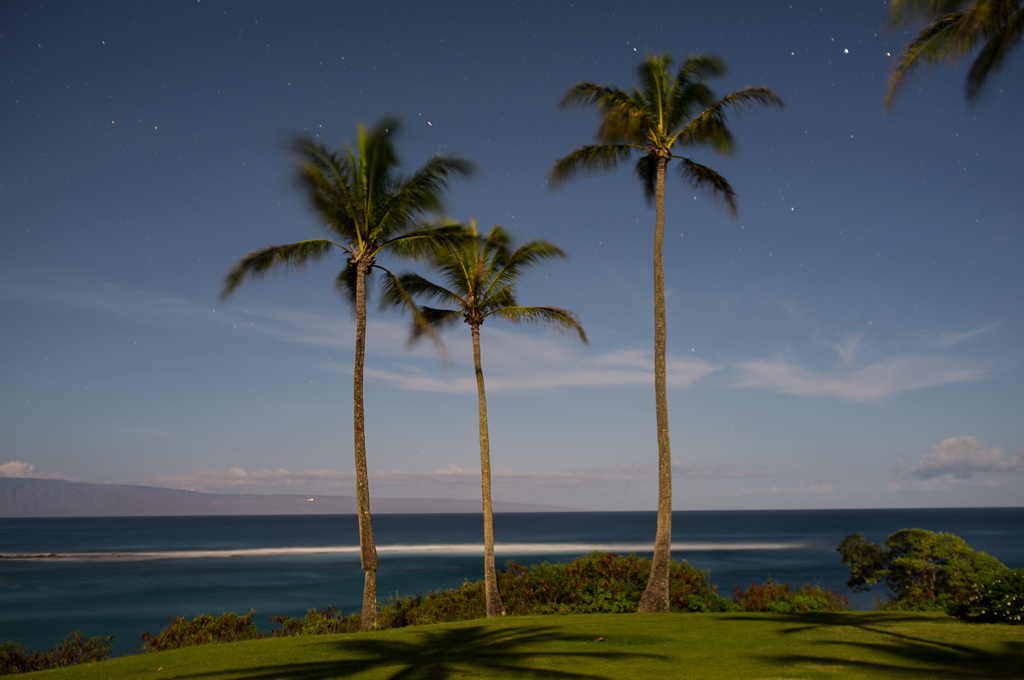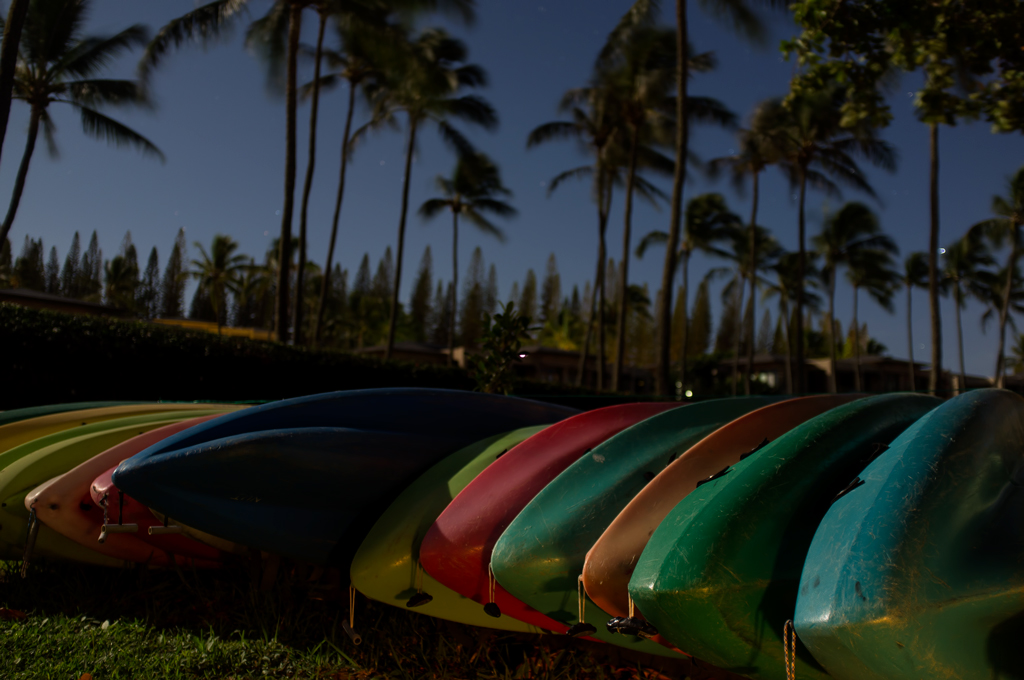I love the look of those really long exposure images that are captured with multiple stop ND filters, especially 10 stops or more. I’m even more passionate about the black and white photos, there’s something about them that stirs me, maybe the surreal feel. There are many options for 8 to 10 stop filters ranging from the Singh-Ray Vari-ND, the Lee Big Stopper or the filter I chose, the B&W 110 – 10 stop filter. There are also many more less expensive options available. There are 2 versions of the B&W filter, the single coated version and the multi-coated version. I opted for the multi-coated version as I understand it should help with flare and reflections. With the B&W filter there is about a $70 difference between the two. You should be able to buy the B&W multi-coated version for around $180 for a 77mm filter.

I purchased a single coated version about a year ago, but somehow it got damaged in my camera bag. It wasn’t obvious at first, but the metal was slightly dented and wouldn’t screw onto the lens properly. Even though I had it in its protective case, I’m guessing someone got a little too aggressive trying to fit their luggage into the overhead bin on a flight and bent the filter. I now put my camera bag under the seat in front of me. Lesson learned.
10 stops filters are great for blurring cloud movement, making waterfalls are silky, smoothing out rough water and making moving cars and people seem like they have disappeared. The possibilities are only limited by your imagination.
I’ve read about people experiencing color shifts with some of the filters. I haven’t noticed anything with the B&W, though I’m converting to black and white so I’m not too concerned about the color shifting. I also shoot in RAW so I can easily fix and shift. It also seems to be more prevalent in the cheaper filters.
So now that I replaced the filter with the new multi-coated version, I was excited to give it a try. I received the filter a few days before a business trip to London so I thought I would shoot the London Eye during daylight hours and see if I could slow the shutter down enough with the 10 stop filter to blur the ferris wheel and possibly be lucky enough to also have some fast-moving clouds that would feather out during the long exposure. One afternoon I headed down to the Thames and set up my tripod across from the Eye. Once you put the filter on your lens you can’t see anything through the viewfinder, so you will want frame your image, take note of the exposure settings and once you have the lens focused, set it to manual focus, then you can attach the filter. I wanted as long as an exposure as I could get, so I set the aperture to f22 and since I was in aperture priority mode the camera showed a 2 second exposure without the filter. Now you need to add approximately 10 stops to the shutter speed, which made it 20 seconds, I decided to try a 25 second exposure. Here is the result.

London Eye – 10 Stop Filter
This image is pretty close to what I was looking for. I wish the clouds were a little more feathered, but overall I’m happy with the photo. I did all the processing in Lightroom 4. There were a couple of boats that passed through while the shutter was open, but as you can see, they just seem to disappear. Pretty cool stuff. I have lots of ideas for the filter and can’t wait to try them out. I’ll post the images.






![Ferris Wheel - Seattle Ferris Wheel [Explored]](https://farm8.staticflickr.com/7111/7728365818_c30ffe177a.jpg)


